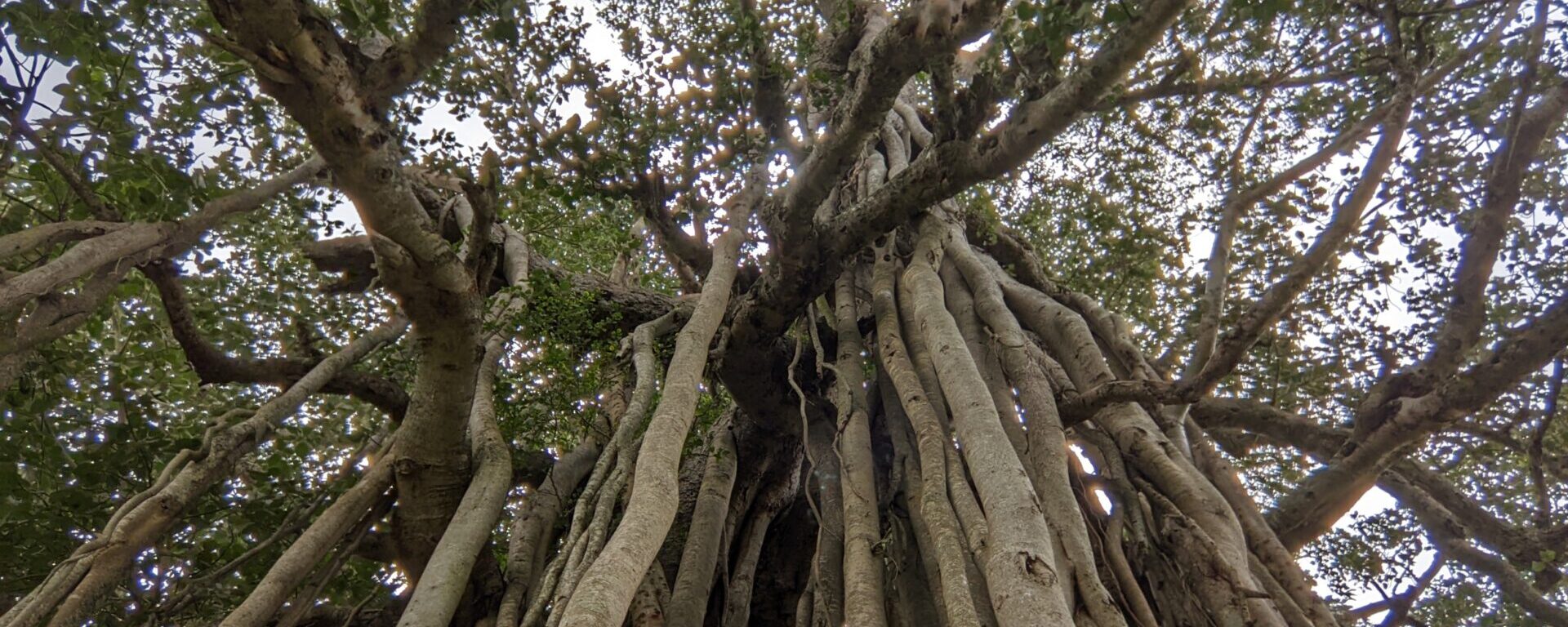CBI recently launched a short Data Basin survey, and a huge ‘thank you’ to everyone who took the time to participate. The survey offered a BONUS question with cash prize awards for first ($200), second ($100), and third place ($50) for two separate categories: U.S.-focused and international data. We asked Data Basin members to share how they use the platform in their work and to point to examples (i.e., links). The Data Basin team reviewed all the entries and we’re excited to announce the winners for National and International data categories. Congratulations, all!
Winners for U.S.-focused data and their work in Data Basin, in their own words:
- 1st Prize – Jon Pope: Before I encountered Data Basin, I was studying the vegetation and wildlife on my small woodland acreage in the Willamette Valley. As part of that research I discovered a collection of data sets developed by Portland State University which extrapolate the composition of vegetation that would have been found in any part of the valley in 1850. I was very excited when I realized that my woodland had kept most of its original structure since 1850. Since this information is invaluable for anyone attempting habitat restoration in the valley, I decided to upload these data sets to Data Basin, as most people would not have the software or skills needed to utilize the data. It was necessary to modernize the terminology as vegetative categories described in 19th century surveys, such as ‘Scrubland”, aren’t used today. The resulting DB Data Sets, “Willamette Valley Presettlement Vegetation 1850” allow someone to see what type of vegetation was likely to be found at any given address in the valley. A year later I was asked to do a school lesson sequence about local habitats. I showed 4th graders in a Salem’s Yoshikai Elementary how to use Data Basin’s Explore function with my 1850 map, enabling them to discover what habitat existed at their home address before development. Based on what I’ve learned about the decline of lowland forest in the Valley using Data Basin, I have entered the property into a Conservation Easement to preserve it into the future.
- 2nd Prize – Michelle Gostic: As a coastal engineer, I’ve used Data Basin data on a number of projects. Specifically, I’ve used the CA Offshore Wind Energy Gateway to access geospatial data for offshore wind project feasibility studies. One example is the California North Coast Offshore Wind Study, where we accessed some of the geospatial data for a desktop subsea transmission cable routing study. http://schatzcenter.org/publications/
- 3rd Prize – Michael Ryan: I used Data Basin to help track the effects of the phenomenon of the atmospheric river rainfall that has been deluging East San Diego County. Specifically the Harbison Canyon, Alpine, Flinn Springs, El Cajon, Chocolate Summit, Crest, Lakeside. Spring Valley, Rancho San DIego, Del Sol and Santee areas. Living in Alpine, attending Cuyamaca College’s Center for Water Studies program and having a Grade II wastewater plant operator license from California, I took an interest in the convoluted San Diego watersheds and the convoluted water system of San Diego. I started trying to trace the origin of Flinn Spring, one of the only year round flowing waterways in San Diego county. and ended up using the maps in Data Basin to chart local vegetation, topography and how the atmospheric river phenomenon fuels the vegetation for intense growth, and when followed by drought produces intense fires. These areas are prone to fire. I also decided to trace the water ways that are no longer free flowing, but rather are huge concrete channels that usher all the precious runoff to the Pacific Ocean instead of capturing a rare and precious resource. That is why San Diego now has to treat wastewater to drinking water. Fires are devastating to water supplies. Climate change makes water the most precious commodity in the world.

Winners for internationally-focused data and their work in Data Basin, in their own words:
- 1st Prize – Juan Carlos Bravo: I have created a repository of layers and maps for collective annalyisis of the Río Mayo Basin between stakeholders, among the other NGO’s and the Mexican parks agency CONANP. https://databasin.org/groups/915c62591d1346b19b72bcf0d8fd21e9
- 2nd Prize – Helena Palma: I’m working on a linguistics and ethnomusicology research project on non-austronesian languages of Indonesia, West Papua, and on the languages of the Congo Basin region. Data Basin has been extremely helpful for my research. Unfortunately, finding base maps or datasets (administrative division) for West Papua is not easy.
- 3rd Prize – Gaurav Tripathi: I am a PhD candidate in India and working with NASA and ISRO on NISAR mission. I am working on mitigation and management of flood disaster in one the major recurrent basin in south Asia. Data Basin helped me get the roadmap and helped me in every step to know the ground base reality, what actually happens during the disaster and how to cope with this, with the help of several published maps and case studies published by Data Basin community. It also gives us a better environment to communicate to other professionals which sometimes give you a better and accurate advice to handle critical situations. Here workspace gives us feel to do the real time analysis with the help of tailor made video tutorials. The tools like Swiper, importing net cdf data, commenting etc helped in many ways. Here we got to know about some high-resolution climate dataset which we have used further in our case studies. In my case i have used flood frequency map and CHIRP dataset which made my study more representative and i have acknowledged Data Basin as well.
